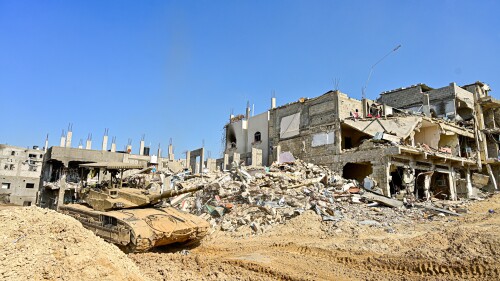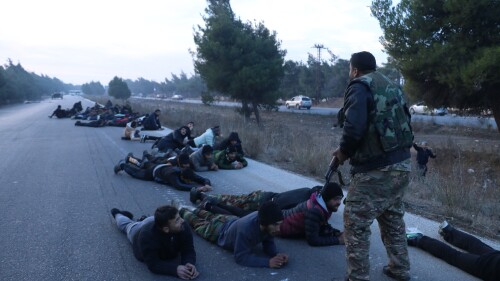Jonathan Spyer, a Middle East Forum fellow and director of the Rubin Center (formerly the GLORIA Center) at IDC in Herzliya, briefed the Middle East Forum in a conference call on April 30, 2015.
A cartoon in the English-language Saudi daily Arab News explains why an Arab coalition is intervening in Yemen. |
As the Houthis closed on the port town of Aden (where Hadi proclaimed a provisional government) in an attempt to seize control of the strategic navigation route via the Bab el-Mandeb strait, the Saudis rallied Yemeni Sunni tribes (albeit with little success); formed an international Sunni coalition that launched airstrikes against the Houthis; prevented Iranian planes from delivering weapons and military equipment to the rebels; and massed ground forces along their border with Yemen. As Tehran sent warships to the Gulf of Aden, tension reached a boiling point despite Riyadh’s attempt to defuse the crisis by announcing the cessation of military operations in favor of a political process. Further complicating the situation is al-Qaeda’s presence in the Arabian Peninsula as an implacable foe of both sides.
The Yemen civil war has engendered a massive humanitarian crisis and political chaos that we are not going to see dissipate anytime soon. With Tehran exploiting America’s aloofness to make inroads into this strategically-located country, and Riyadh vying to prevent another Arab state from falling under the Iranian aegis, would-be successor entities are being formed along sectarian lines in Yemen. The Obama administration’s pending nuclear agreement with Iran and the effective collapse of the sanctions regime are certain to whet Tehran’s expansionist appetite still further.
Summary account by Marilyn Stern, Middle East Forum fellow








